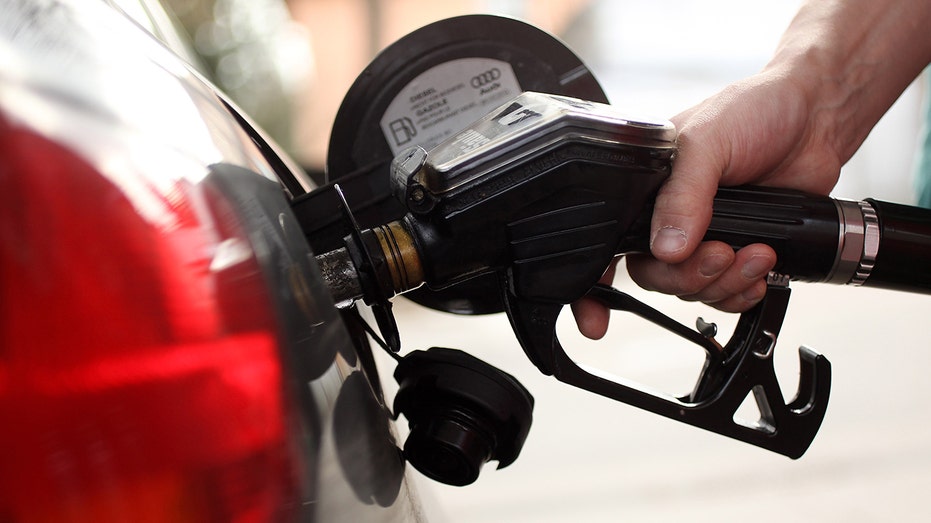Oil prices are at their lowest levels since the spring of 2021. At Thursday’s close, a barrel of West Texas Intermediate crude was $59 a barrel, down from $74 at the start of January. The last time oil dropped below $60 a barrel was in early April 2021.
Gas prices, however, have risen slightly since January, up approximately ten cents per gallon, according to the U.S. Energy Information Administration. Still, they are 50 cents lower than they were a year ago. As President Donald Trump crosses the 100-day threshold into his second term, gas prices remain at the core of his promise to reduce energy prices.
GAS PRICES COULD FALL AS CRUDE OIL PLUMMETS, EXPERT SAYS
The EIA expects gas prices to ease as the year goes on. According to the agency’s short-term energy outlook in April, “The U.S. retail price for regular grade gasoline averages about $3.10 per gallon (gal) in our forecast for this summer (April–September), about 20 cents/gal less than our forecast in the March STEO. The lower gasoline price forecast mostly reflects our expectation of lower crude oil prices. If realized, our forecast gasoline price would be the lowest inflation-adjusted summer average price since 2020.”
That would mark a five-year low when gas and oil prices plummeted due to the COVID-19 pandemic.
INVESTORS FEAR BIG OIL COULD CUT SHARE BUYBACKS AS CRUDE PRICES SLUMP
As for oil prices, despite the recent price drop, several OPEC+ members will suggest the group accelerates oil output hikes in June for a second consecutive month, three sources familiar with OPEC+ talks told Reuters, as a dispute worsens between members over compliance with production quotas.
Oil prices hit a four-year low in April, dragged down by the U.S.-China trade war and an unexpected decision by OPEC+ to increase output by 411,000 barrels per day of oil in May, which was three times more than the group originally planned.

In its most recent report, the EIA said, “We expect global oil inventories will increase starting in the middle of 2025 as OPEC+ members unwind production cuts, production grows in non-OPEC countries, and oil demand growth slows.”
Read the full article here















